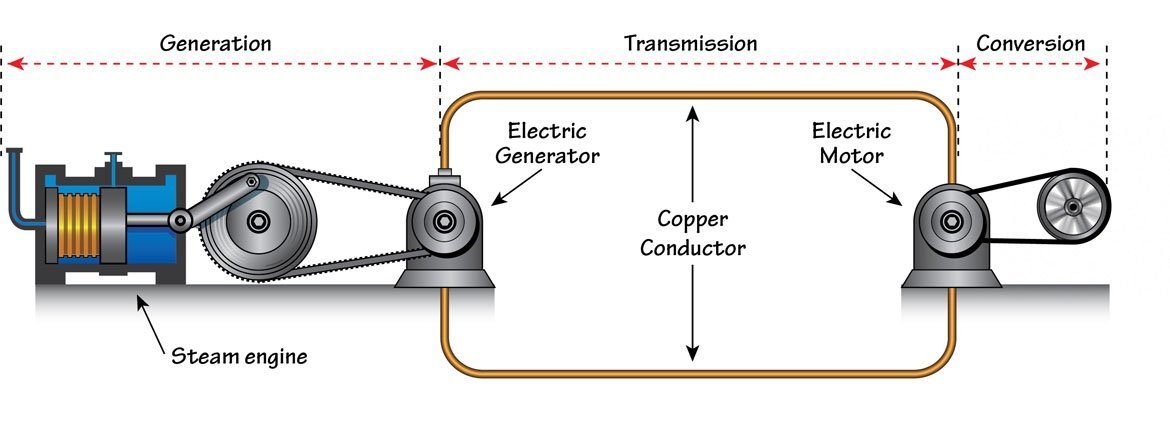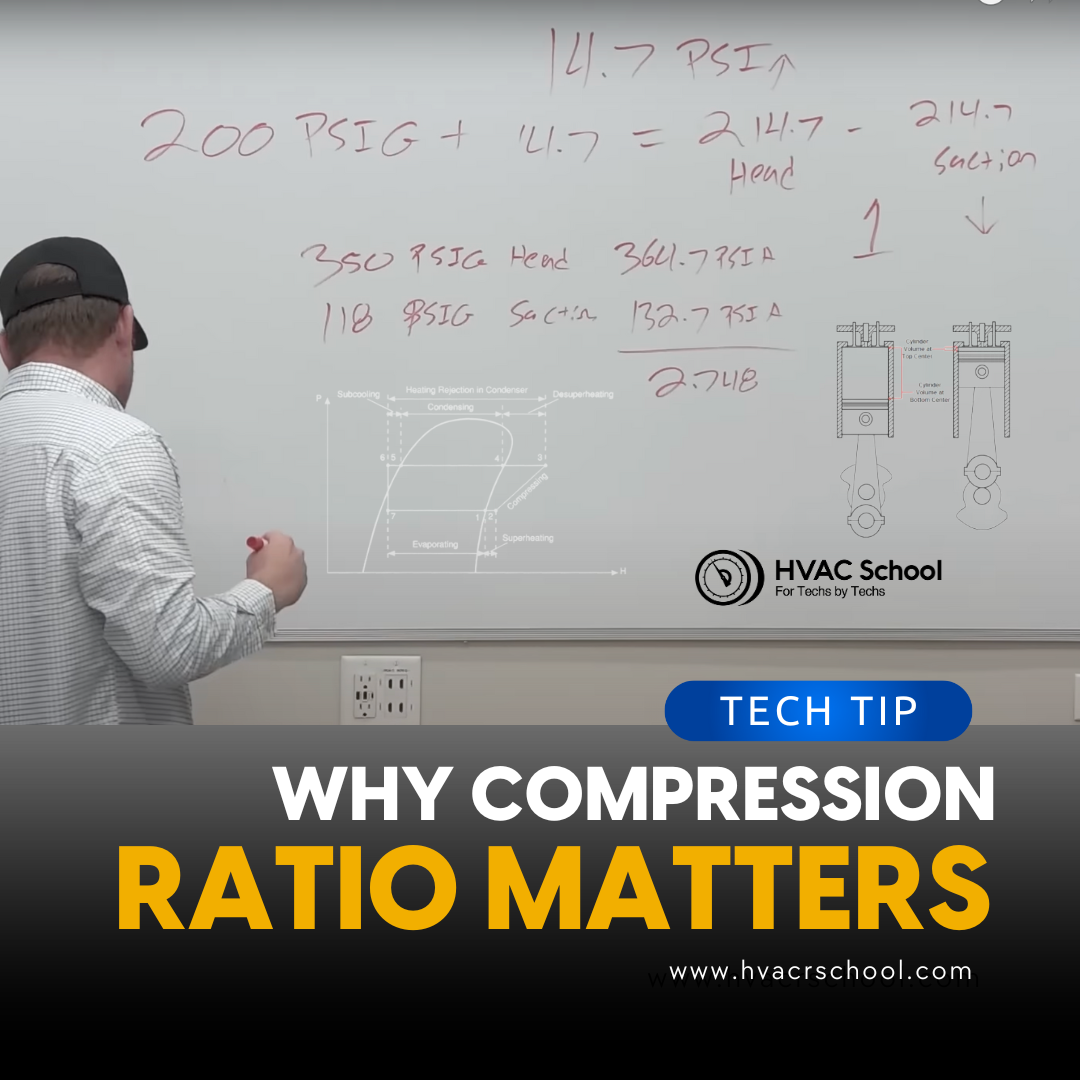Get Tech Tips
Subscribe to free tech tips.
Ohms/Continuity Basics
Some quick basics –
An ohmmeter is used to measure the resistance to electrical flow between two points. The ohmmeter is most commonly used to check continuity. Continuity is not a “measurement” as much as it is a yes/no statement. To say there is continuity is to say that there is a good electrical path between two points. To say there is no continuity means there is not a good electrical path.
In other words, continuity means low or zero ohms, and no continuity means very high or infinite ohms. Don't get the terms zero ohms and infinite ohms confused; they mean opposite things.
This type of testing is commonly used to check fuses, Trace wires, check for short and open circuits, etc. Resistance readings are necessary for identifying motor terminals and checking for an insulation breakdown. We can use ohmmeter continuity to identify normally open and closed terminals on a relay. Simply place the leads of the meter across the relay points. If there is continuity, the relay is normally closed. Now, apply power to the magnetic coil of the relay. The contacts that were closed should now open, or vice versa. We can use an ohmmeter to identify a single wire in a bundle. Go to the opposite end of the wire and expose two separate wires in one sheath. Twist the two wires together and list the colors. Go back to the other end and check for continuity between all wires of that color.
Once you find two wires with continuity, you have found the correct wire. If you suspect that a particular wire is shorted to another wire, simply disconnect both wires on each end and check for continuity between the two wires. If continuity is read between the wires, you have found a short.
These are only a few examples of ways to utilize an ohmmeter. Remember: an ohmmeter should only be used in un-energized circuits. Otherwise, the meter could be damaged.
—Bryan











Comments
To leave a comment, you need to log in.
Log In